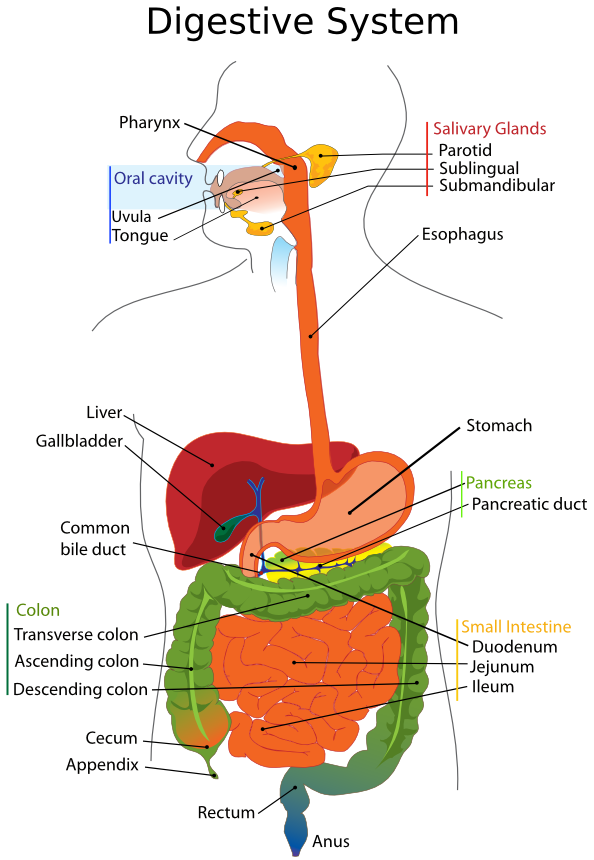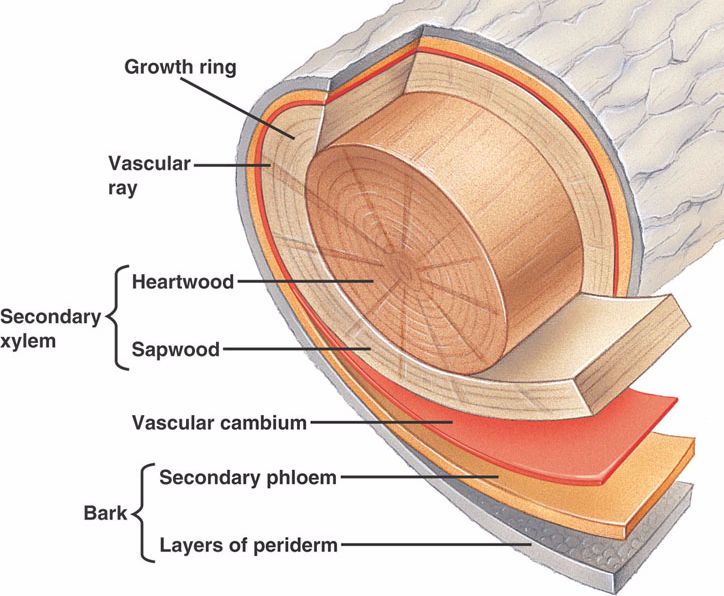Today in class we:
-Measured/watered Fast Plants
- Researched in IMC for Wildlands project
HW: 1. Read CH 28 by Monday
2. bring TEXTBOOK to class ALL next week!
3. wildland project
4. STUDY
Chapter 16 Overview:
*The required pages for Chapter 16 are pages 320-334 & 340-341
Why should we study plants?
Provide us with Oxygen, food, clothing, paper, supplies, energy, and sustain life.
Plant Kingdom is: -Multicellular
-Eukaryotic
-Autotrophic (by photosynthesis)
Land Adaptations:
1.
Mycorrhizae: root-fungus combinations-fungi absorb water and minerals from soil, plant sugar nourishes fungi
2.
Stomata: Microscopic pores through leafs surface exchange CO2 and O2
3.
Cuticle: Waxy layer coating leaves and other aerial parts to help retain water
4.
Lignin: Chemical which hardens cell walls
5.
Roots and Shoots
6.
Xylem tissue: (transports water up) and Phloem tissue (transports food around)
7.
Protected Embryo: gametangia -a jacket of protective cells surrounding a moist chamber where gametes can develop without drying out
8.
Seed Dispersal: Rely on wind or animals
Origin of Plants from Green Algae
Charophyceans: group of multicellular green algae; closest to plants (in evolution)
Four Major Periods of Plant Evolution:
1. Bryophytes (mosses)
2. Ferns
3. Gymnosperms (conifers)
4. Angiosperms (flowering)
1. Bryophytes- Mosses (many plants growing in a tight pack)
Key Characteristics:
- No cuticle
- Need water to reproduce
- Flagellated sperm
- No vascular tissue
- Like damp/shady places
Green Spongy plant = Gametophyte (male & female are separate plant shoots)(n)
Taller brown shoot with a capsule; grows out of gametophyte = Sporophyte (2n)
Alternation of Generations:
- 2 Generations that "take turns" producing each other
- Gametophytes produce eggs and sperm; unite to form zygote which then forms new sporophytes
- Sporophytes produce spores
- Spores develop new organism without uniting
- New organism produces gametophytes again
- Process repeats
- ***Gametophyte = Larger more obvious plant in mosses
2. Ferns
Key Characteristics:
- most in tropics/temperate woodlands
- vascular tissue present (Xylem and Phloem)
- Sperm flagellated
- ***seedless (have spores)
Alternation of Generations:
- Sporophytes are diploid and gametophytes are haploid
- ***Sporophyte is the dominant stage in ferns (Gametophyte for mosses)
- Heart Shaped gametophyte = prothallus
3. Gymnosperms:
Key Characteristics:
- Cone Bearing
- Life cycle on dry land
- oldest organisms on earth
- retain leaves throughout year
- thick cuticle
- source of wood and paper
Reproduction:
- Pollen contains cells that develop into sperm
- Wind carries pollen to female cones
- Eggs develop in female cones
- ***Evolution of a seed- a plant embryo packaged along with a food supply without a protective coat
- Bear seeds naked on cone scales
- Seeds germinate under favorable conditions
- 2 types of cones
- Female cone is most familiar (hard, woody, scaly)
- Male cone is smaller; lower on the tree; release pollen
4. Angiosperms:
Key Characteristics:
- Dominate most regions
- 250,000 Species
- Vascular tissue
- ***Evolution of a flower = Responsible for unparalleled success
- Flowers display male + female parts
- insects/animals transfer pollen
- Flower: Short stem with modified leaves: sepals, petals, stamens, carpels
Parts Of A Flower + Function:
Sepals: green, enclose flower before it opens
Petals: Attract insects
Stamen: Filament (stalk) bearing a sac called anther (male organ in which pollen develops)
Carpel: Sticky tip traps pollen (stigma),
Ovary: Eggs develop here
Angiosperm Life Cycle:
- Pollen lands on stigma, tube goes down to ovule
- Deposits 2 sperm nuclei within female gametophyte = double fertilization
- One sperm cell fertilizes egg making zygote, developing into embryo
- Second sperm cell fertilizes another female gametophyte cell which develops into a nutrient-storing tissue called endosperm
Hope this helps summarize chapter 16 and the notes we did in class.
See you in class,
Mark
Next Scribe:
Charlie




























